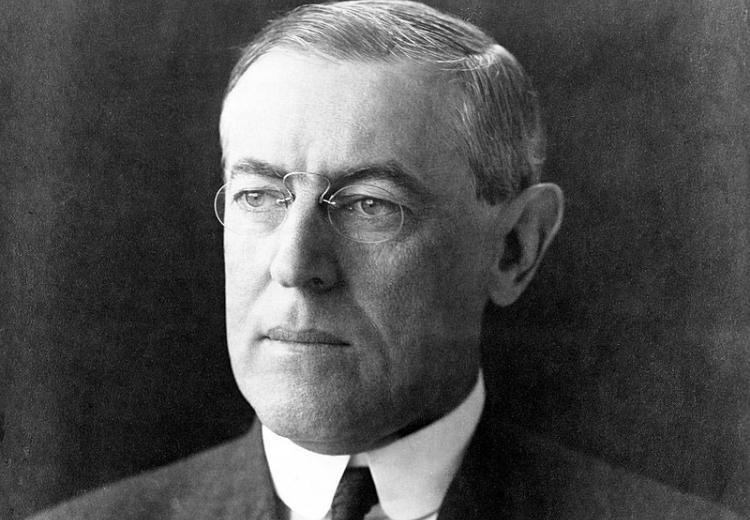Lesson 4: Fighting for Peace: The Fate of Wilson's Fourteen Points

In the aftermath of the First World War, Woodrow Wilson tried to push a comprehensive and enlightened peace plan.
In January 1918, less than one year after the United States entered World War I, President Woodrow Wilson announced his Fourteen Points to try to ensure permanent peace and to make the world safe for democracy. Wilson's aims included freedom of the seas, free trade, and, most important, an international organization dedicated to collective security and the spreading of democracy. The other Allied powers tacitly and cautiously accepted Wilson's plan as a template for a postwar treaty; however, numerous obstacles lay in the path of the Fourteen Points at the 1919 Paris Peace Conference. Wilson reluctantly made several concessions, yet he successfully protected the Fourteenth Point, the League of Nations, which was written into the Versailles Treaty. After enduring months of bruising, frustrating negotiations, Wilson finally returned to the United States. Despite obvious Senate reservations about the League of Nations, Wilson was certain the Versailles Treaty would be ratified. He was wrong.
Through the use of primary source documents and maps, this lesson will introduce students to Wilson's Fourteen Points, as well as his efforts to have them incorporated into the final peace treaties.
Guiding Questions
Did the Versailles Treaty represent the fulfillment of Wilson's Fourteen Points, or their betrayal?
Learning Objectives
Discuss how the Fourteen Points, especially the League of Nations, demonstrated Wilsonian principles
Summarize the aims of the other Allied powers at the Paris Peace Conference
Identify which of the Fourteen Points became part of the final peace settlement
